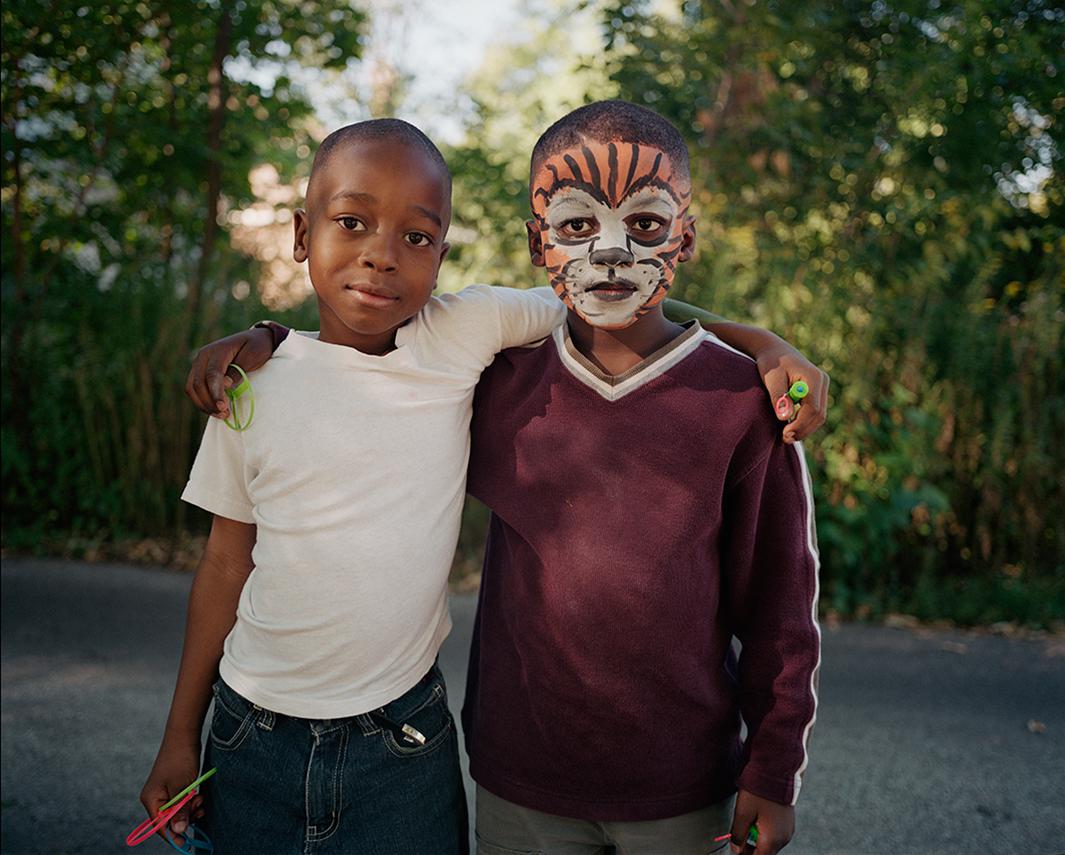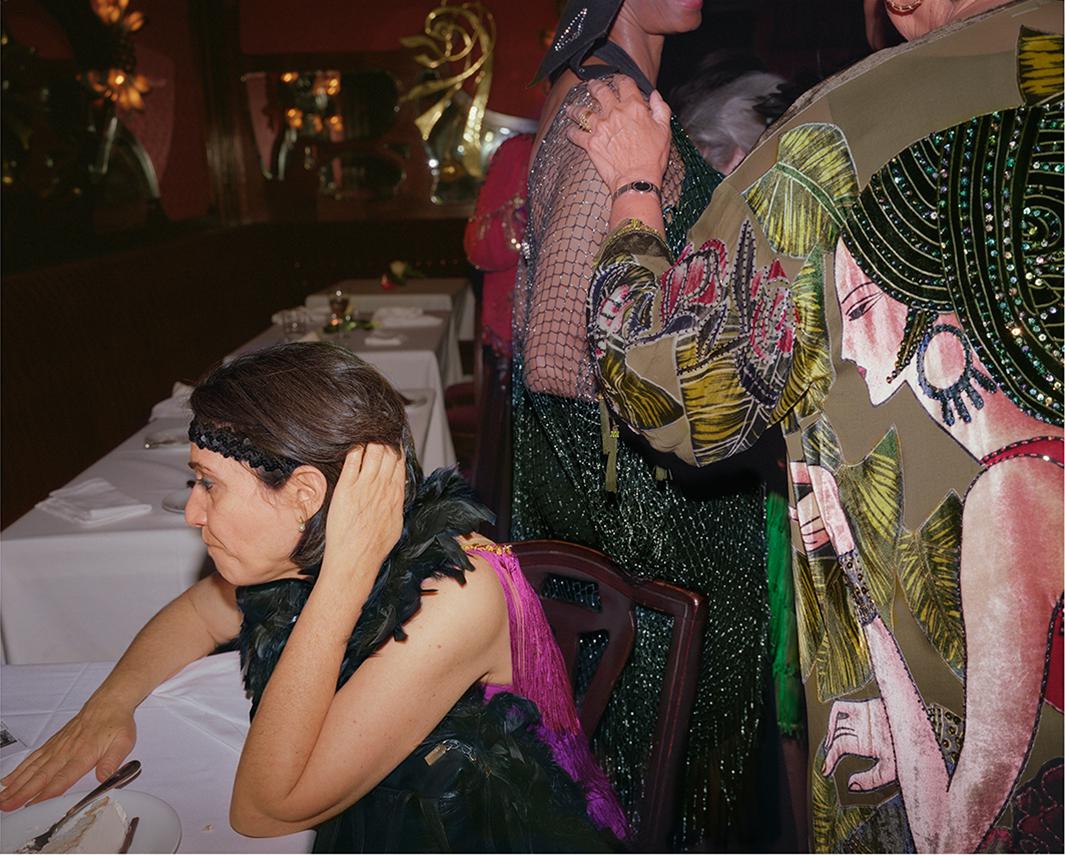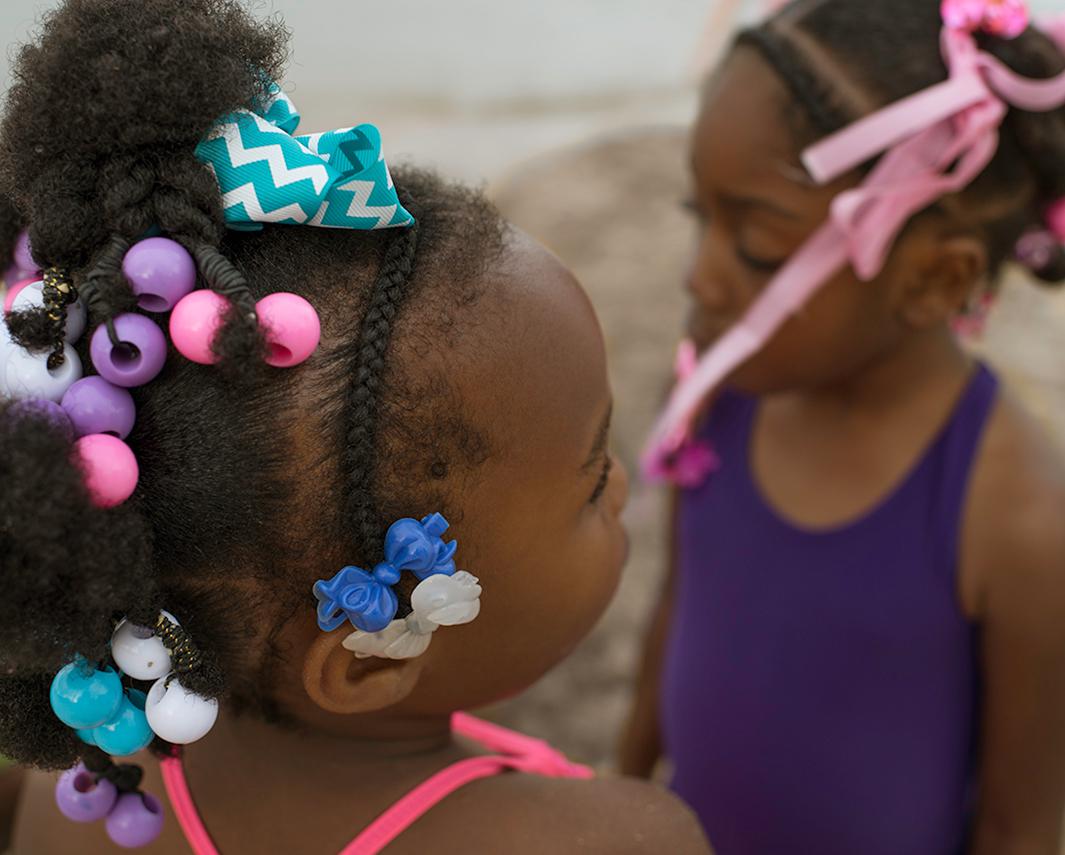One of the hard parts about being a prolific photographer, as Melissa Ann Pinney can attest, is the amount of work you create that is never seen, sometimes even by your own eyes.
A few years ago, Pinney began looking through a lot of her photographs and noticed that many of them spoke to the idea of someone having a pair: a sibling, friend, partner, etc. She had her friend, the author Ann Patchett, over to her studio to show her the work and they discussed turning it into a book.
This April, Harper Design published the finished result of that visit, Two, and Patchett wrote about their initial encounter in Pinney’s studio in the introduction.
“Standing in her studio, looking at the sets of figures and objects on the corkboard, the girl in the red cape alone with her shadow, two Amish men staring at the sea, I was struck with both the comfort and the tension these pictures contained. Doesn’t everyone lean towards another? Even as we’re alone, don’t we seek out some other half to fill in our story?”

Melissa Ann Pinney

Melissa Ann Pinney

Melissa Ann Pinney
Those weren’t questions that Pinney was necessarily asking herself while she was taking the photographs. As is the case with all of her projects, Pinney said she never intentionally or consciously created work with Two in mind.
“I work and learn from what I shoot,” she said. “Sometimes when I set out to do a specific project, it doesn’t hold my interest for one reason or another. I’m usually much better simply following my intuition.”
Shooting, for Pinney, is the easy part. Editing the work and finding the connections is a much more complicated process, something that Patchett helped out with as editor; their relationship is emblematic of the book. They also reached out to prominent writers including Elizabeth Gilbert, Edwidge Danticat, and Richard Russo and asked them to contribute essays about their idea of what having a pair means. Pinney said the photographs and the texts are parallel expressions of what Two is about.
“We decided we wanted the essays and the pictures to be interwoven but we knew we didn’t want them to illustrate the text and vice versa,” she said. “I loved reading them. There were so many different responses and the writers were free to do whatever they wanted which makes this book unique … both [the images and essays] are about the same idea but expressed in different ways.”

Melissa Ann Pinney

Melissa Ann Pinney
Pinney also didn’t want to provide answers for the viewer about what the photographs or the essays “meant.” She intentionally gave the images titles that include only a date and location to allow the viewer to determine their own narrative.
“I hate that,” she said about captions and titles. “In newspapers there is a picture and a caption that describes what often isn’t in the picture but it’s what they want for you to understand what it is about, so yes, I think when there are words or captions, even in museums, you read them and then you look at the image. We wanted people to come to the book without all of these arrows pointing to what the pictures meant before they experienced them for themselves.”
Apart from the book, the work will be shown in Chicago this fall at Schneider Gallery. While many people who follow Pinney are familiar with her work on girlhood and feminine identity, she is happy to be able to share photographs of a different nature.
“I feel once you are known for a certain type of work or theme, I then want to say, I see everything and I think about a lot of things. Two is a kind of lens to look at other themes and ideas that are explored through all of my work.”

Melissa Ann Pinney

Melissa Ann Pinney

Melissa Ann Pinney
